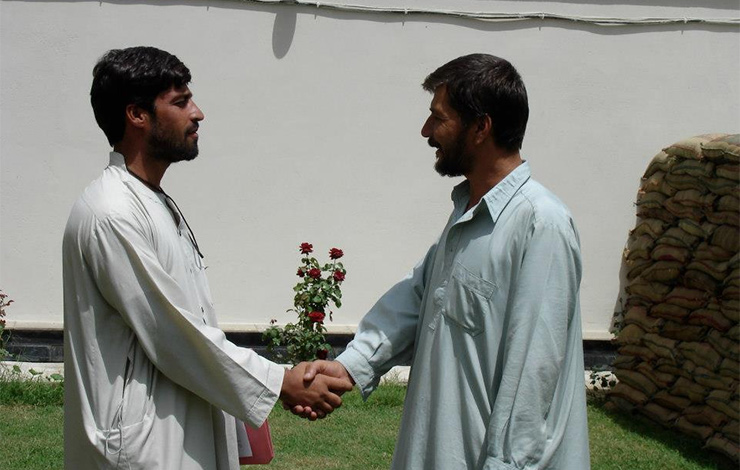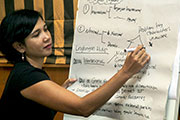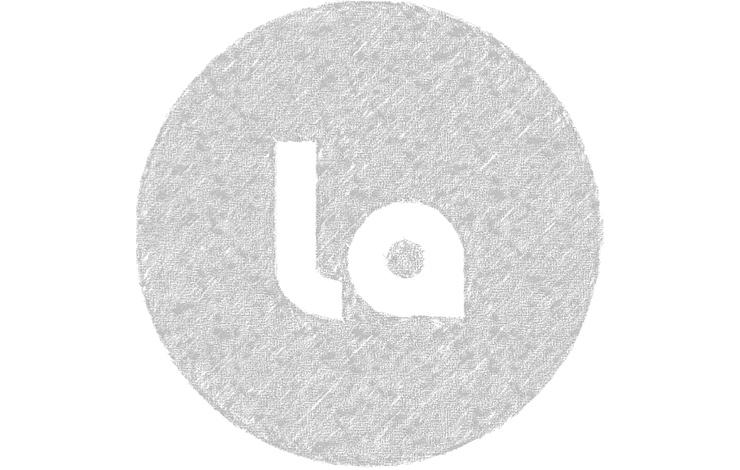Legal Atlas is creating a free, open source toolkit that compiles access to information laws (A2I) from across the globe to support ongoing legal development, as well as facilitate understanding, monitoring and compliance by non-lawyers. The immediate aim of the program is to provide Zimbabwe with comprehensive information to improve its A2I legal framework, but its ultimate goal is to build a global information service to help and encourage citizens and governments push for A2I compliance and improvements.
Challenge

There's a need for a more holistic set of information and legal intelligence tools related to access to information (A2I) legal frameworks to support ongoing legal development, as well as facilitate understanding, monitoring, and compliance by non-lawyers. Access to information is the lifeblood of open, transparent and just societies. It includes all laws and regulations that guarantee transparency and plays a vital role in ensuring accountability. It is a cornerstone of representative government, human rights and the rule of law. However, despite advances in many countries and the dedicated work of civil society, more than half the world still lives in jurisdictions with inadequate, inappropriate, or no legal framework for access to information.
Out of 239 countries, as many as 100 have no A2I legislation and a continued, strong emphasis on secrecy and privacy remains even in those considered more advanced. Legal Atlas will advance A2I through the development of the A2I toolkit.
Program Summary
This project leveraged existing materials, benchmarking and analyses as well as an existing online prototype to advance several knowledge development goals that together produced a practical and open source toolkit to support legislative development, monitoring, and compliance exercises on a global scale. These are:
- Comprehensive national, regional, and international legal frameworks: This part of the toolkit was built from existing open source compilations (comprising approx. 128 jurisdictions). It also utilized the Legal Atlas cloud-based database to scale research capacity for the project. In addition to primary access, secrecy and privacy laws, it includes (where applicable) constitutions, administrative and criminal procedures, environmental impact assessment laws, land tenure, natural resource, whistleblower protections for an estimated 20-30 jurisdictions. The goal was to go beyond the compilation of primary laws in order to produce a full picture of all laws and legal procedures that define the practical realities for access to information, transparency and accountability for a select number of countries. This can include sub-national laws as well.
- Breakdowns and assessments against established benchmarks: This involved rendering legal documents into a relational database where laws and individual provisions can be ‘tagged’ for relevance to legal structures, principles, and benchmarks. Converting law into data supported several assessments, descriptions, and information delivery purposes for the toolkit including: the breakdown of legal texts into key components; rapid cross-jurisdictional comparisons in the aggregate and by component; direct reference to controlling provisions; automated reference aids and tables of content, and the creation of a variety of visual analytics that digest complex information sets.
- Geo-referencing and map analytics to show patterns and relationships: A significant challenge to understanding law and legal frameworks is the abstract nature of law, the volume of material and the substantial fragmentation of a given subject between laws and across interrelated jurisdictions. Geo-referencing and map analytics are key tools to overcome these challenges. On a practical level, geo-referencing allows the automated display of information at all jurisdictional scales - global, multi-lateral, bi-lateral, supra-national, national, and local jurisdictions, enabling all types of vertical and horizontal comparisons. Map analytics help bring context to law and make it less abstract by enabling the automated and relational use of a wide variety of information and statistics, including data on socio-economic parameters (population, demand, trade, wealth, health, etc.) as well as environmental parameters (carbon emissions, air and water pollution indices, etc.). This permits a high level of evidence-based policy discussion and development that can be rapidly updated and amended to continuously test for patterns and relationships.
- Additional contextual information: The toolkit also processed, geo-referenced, and tagged other types of information to facilitate a fuller understanding of the subject. These included interrelated databases on key court decisions, government authorities implicated by A2I legal frameworks and positive and negative examples of black letter law, enforcement or adjudication identified by group members and outside experts as informative of the state of the law.
Impact
Although the immediate aim of the program is to provide a comprehensive set of information for use in Zimbabwe's efforts to improve its access to information legal framework, the ultimate goal and potential impact is much broader. Well over half the world's countries have either inadequate or no access to information legal frameworks. Citizens and governments will benefit directly from a database that not only compiles frameworks for other countries, but shows how they work, where they work and the impact they can have in society. For those countries with existing legislation, the database will serve as an informational service to help them use their laws to push for compliance and for improvements as needed.
This toolkit is strengthening the rule of law by providing:
- A comprehensive and interactive toolkit, available free online that makes the content, structure and key components of A2I law highly accessible to a broad audience, including lawyers, non-lawyers, government officials, journalists, universities, and civil society projects.
- Practical guidance on the evaluation of legislation to help support civil society efforts around the world to improve transparency and accountability.
- Evidence-based comparative assessments of legal frameworks.
- Direct and immediate input into the development of revised legislation in Zimbabwe.
- Practical assistance to investigative journalists in Eastern Europe with the potential to create a permanent A2I monitoring system through regular reporting and input by journalists.
- The opportunity to advance the A2I work of other organizations through linked open data systems, where Legal Atlas can share results through an API with institutions focusing on A2I at any scale and for any jurisdiction.
Partners
Toolkit development included representatives from the following:
- Legal Atlas
- Zimbabwe Lawyers for Human Rights
- Addis Ababa University, Ethiopia
- Center for Investigative Reporting, Sarajevo
- Afghan Initiative for Peace and Development
- Public Participation for Sustainable Development, Mongolia
- The University of Montana
Platform development and launch: see http://www.youtube.com/LegalAtlas


